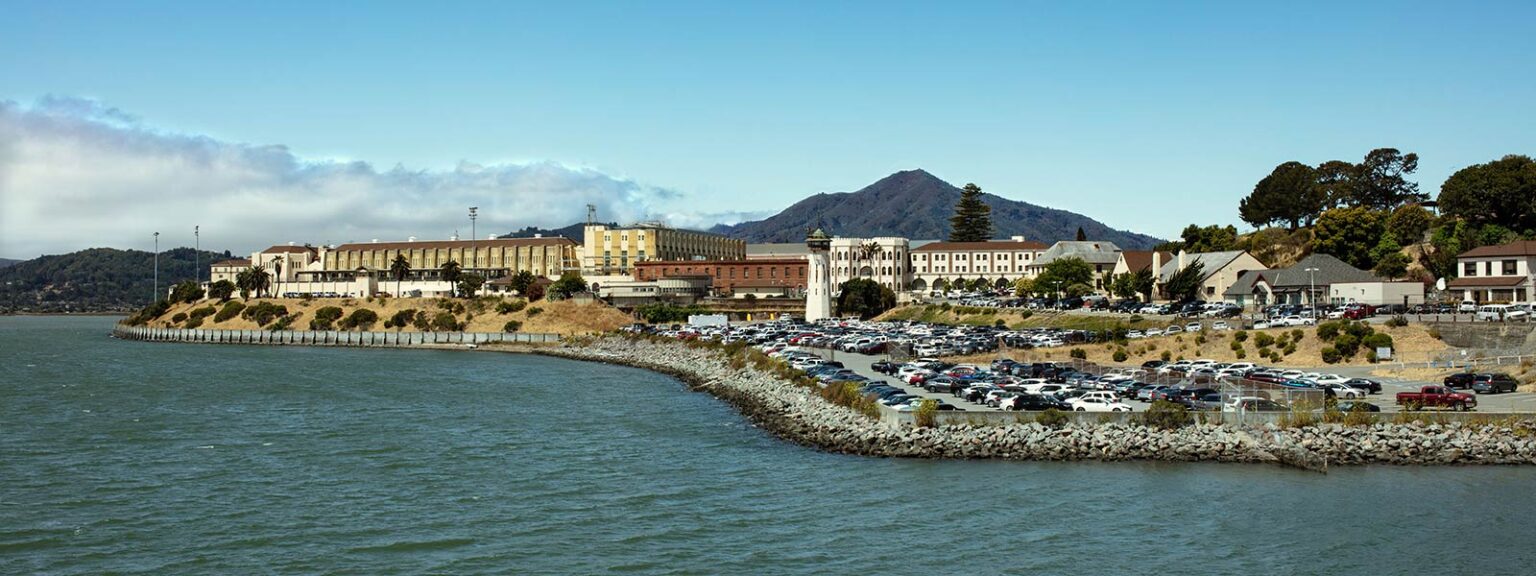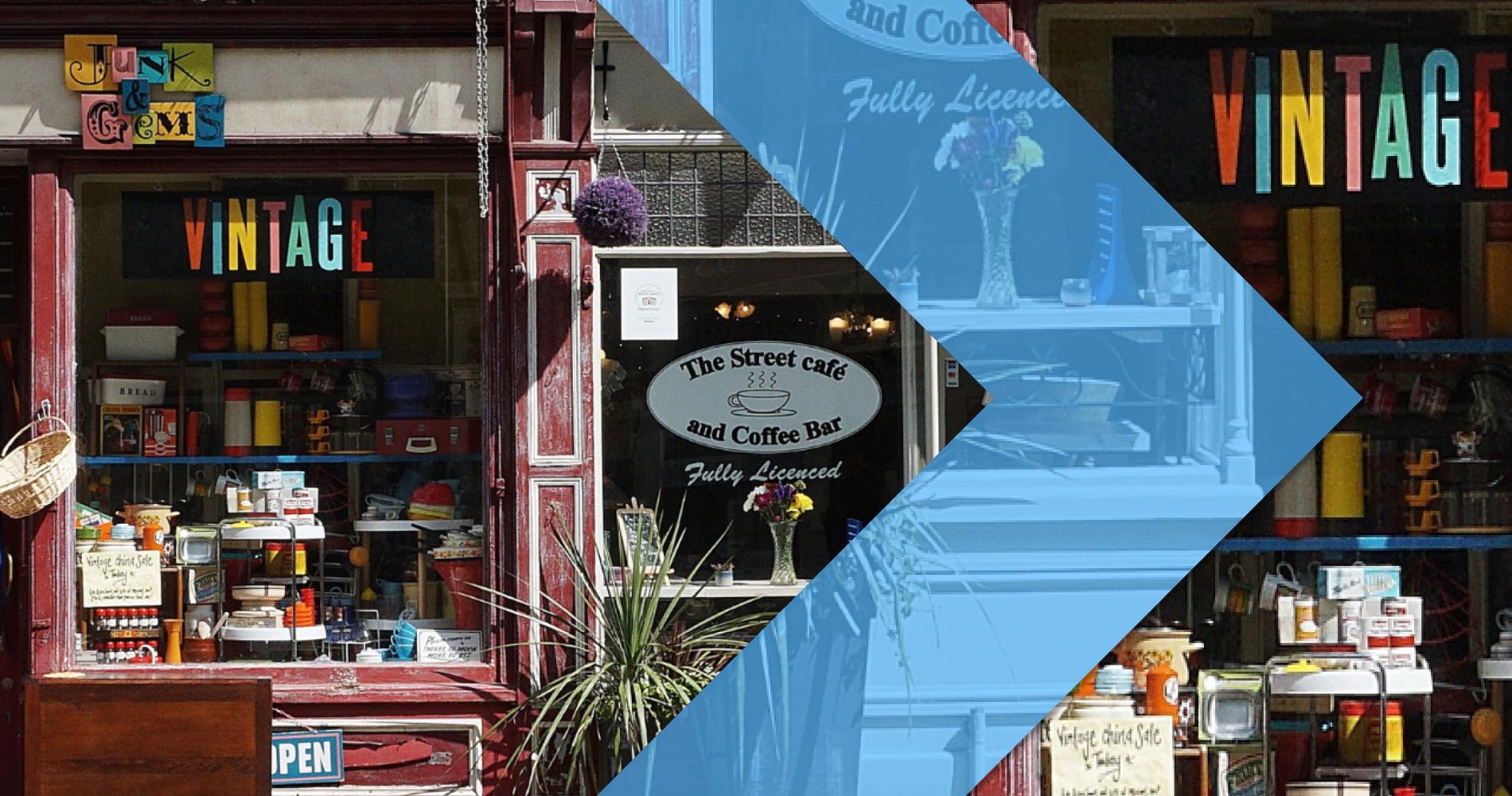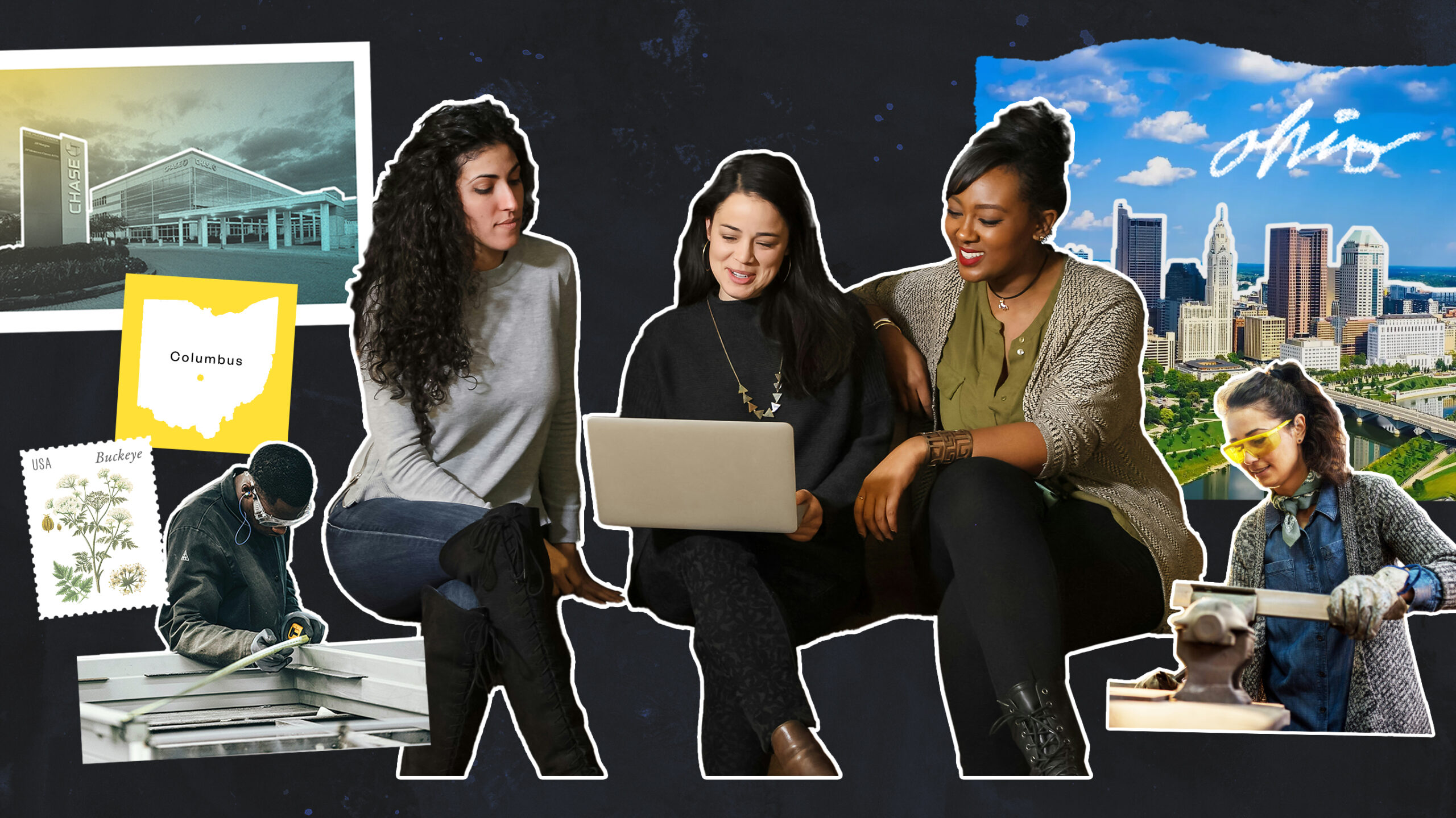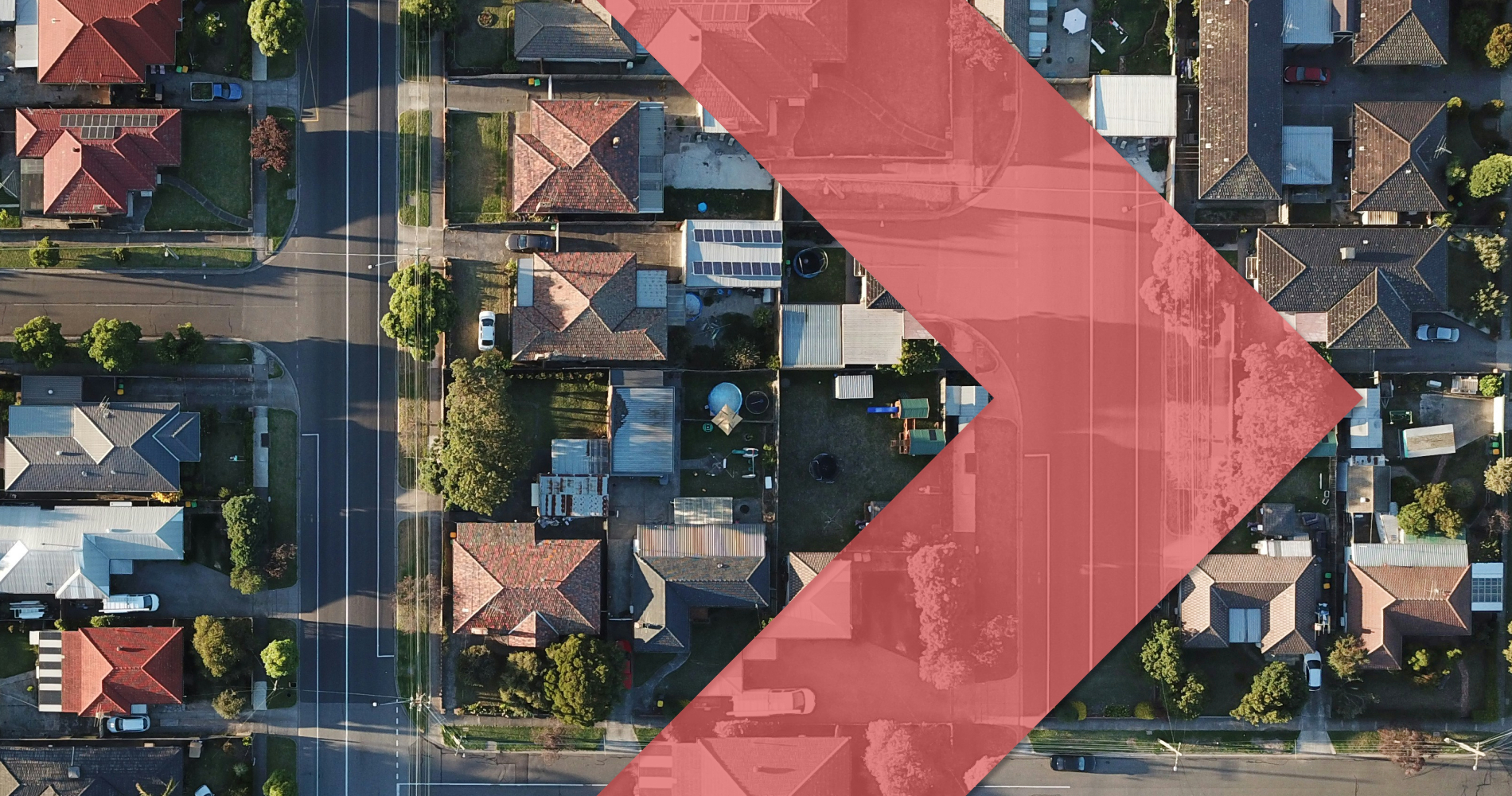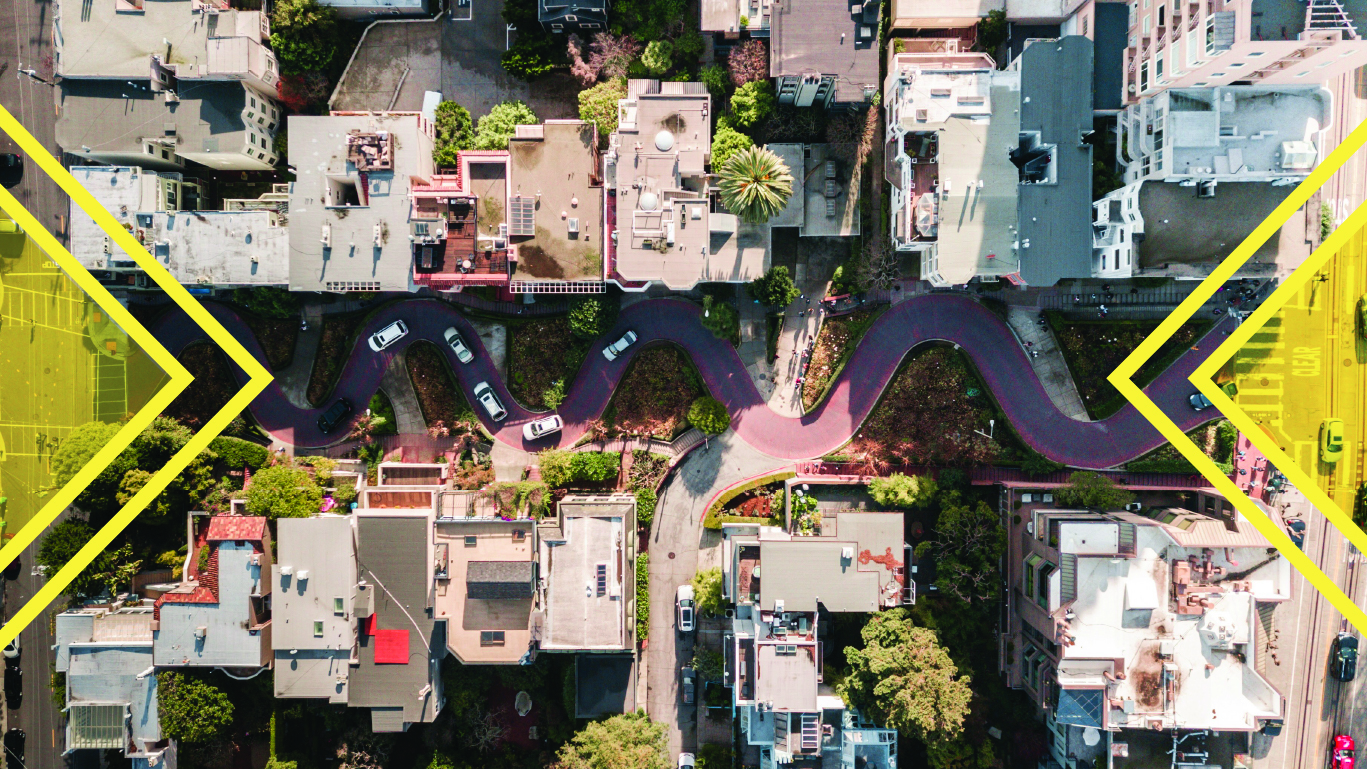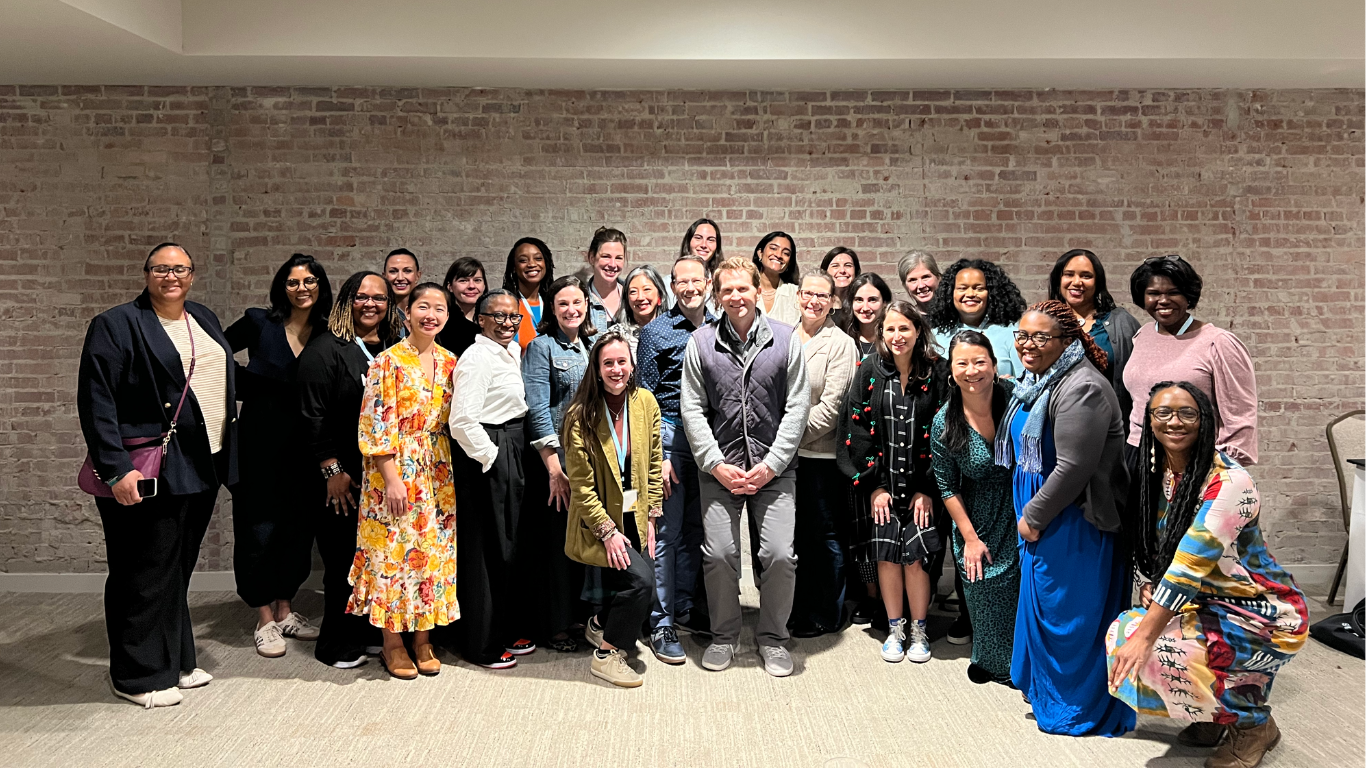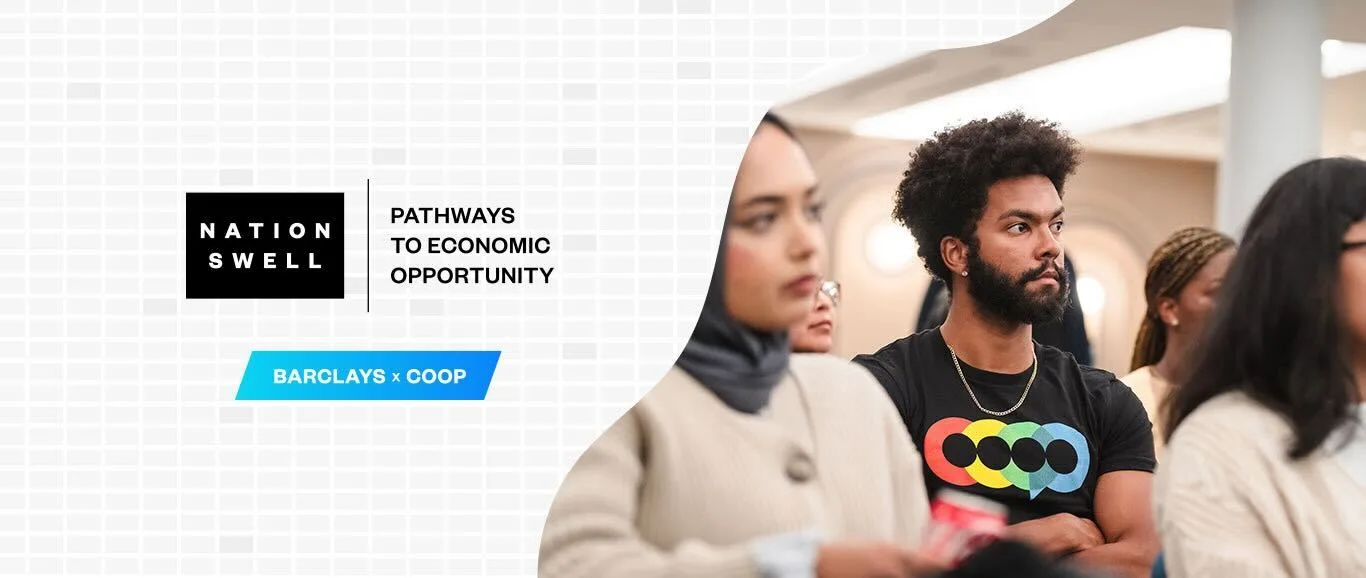As wealth and income inequality continue to climb in the United States, some employers are developing innovative models and catalytic partnerships designed to bring new skills, job access, and ultimately economic opportunity to financially vulnerable and historically marginalized individuals.
In a new interview series, Pathways to Economic Opportunity, NationSwell is taking a closer look at some of the solutions companies are pursuing in service of leveling the playing field and expanding their talent pipelines. In spotlighting these partnerships, this series hopes to uncover the “secret sauce” that makes these solutions successful for the benefit of other employers and their leaders.
The first installment featured the Dow Last Mile Fund for Manufacturing & Skilled Trades. Here, in the second installment, NationSwell sat down with members of the teams at Barclays and COOP Careers (COOP) — a nonprofit that aims to provide training, job skills, and peer connections in order to help vulnerable populations overcome underemployment — about their partnership and newly-launched Financial Services track.
Here’s what they had to say:
Bird’s Eye View: Through its partnership with COOP, Barclays aims to equip the next generation of finance professionals with the abilities and networks they need to overcome underemployment while developing a robust network of diverse talent in the financial sector.
In 2023, the partners announced a new Financial Services track designed specifically to help participants find careers in data analytics and finance. The partnership’s pilot semester, which kicked off in August 2023, welcomed 35 students through two separate cohorts, and a spring semester began in mid-February.
Fast Stats:
- Every spring and fall, COOP convenes peer cohorts of 16-18 diverse, low-income college grads in New York, California, Illinois, and Florida, focused on three distinct areas: data analytics, digital marketing, and financial services.
- In addition to virtual training and skill-building, the program matches motivated first-generation college graduates with alumni coaches to support them in building the professional tools and networks they need for the careers they deserve.
- Within 12 months of program completion, four-in-five COOP alumni are fully employed, earning a median of $52,000 per year (median pre-program earnings are $12k (inclusive of both folks that enter the program under or unemployed).
- COOP’s “head-heart-hustle” approach to curriculum design is 200-hours long and focuses on providing a mix of hard and soft skills, as well as near-peer guidance, social capital, and industry connections.
The Secret Sauce:
“That’s what it’s all about for us: building social capital. We believe it’s the connections that make a difference in finding that first — or next — great job.” – Patricia Malizia, Senior Director of Marketing and Communications, COOP Careers
1. NationSwell: What’s the origin story of the relationship between Barclays and COOP?
Sarah Wessel, Managing Director of Partnerships at COOP Careers:
The relationship started as a partnership brokered through Robin Hood. The first couple of years were mostly focused on philanthropic support from Barclays, with some volunteer engagements mixed in.
As we got to know each other better, the Barclays Citizenship team approached us to discuss a more formalized partnership between our two organizations, which began maybe three or four years ago.
Over time, given Barclays’ role in the sector, we realized it was a great opportunity for Barclays to become the lead partner for a new financial services track just as they were thinking deeply about how to diversify their talent pipeline and help more individuals launch careers in financial services.
The partnership has just grown immensely over the last 18 months.
John Kenny, VP, Citizenship team at Barclays:
At Barclays, our Citizenship strategy is focused on employability. Through our LifeSkills program we’re really focused on how we can help upskill individuals who have historically faced barriers to work and help create pathways into meaningful employment.
So we look to work with the most impactful partners in this space, and we’ve been so impressed by COOP’s completion rates, placement rates, and with what COOP participants have gone on to do post-program.
2. NationSwell: It sounds like the Financial Services track was born out of a trusting partnership and an unmet need. Who were the key stakeholders involved in the early formation of the new curriculum, and what was the critical piece of information that signaled that this was the right time in both programs’ relationship together to launch something new?
Sarah Wessel, COOP Careers:
It was less about one moment and more about how all of these things converged: strong early partners in the finance sector like Barclays, and a lot of knowledge from our alumni due diligence across the industry. We told ourselves that if we want to scale 10x in New York, we must find a way to access the financial services industry because it is the largest upwardly mobile employer market here.
And the COOP theory of change is all around social capital and alumni peer mobilization. So everything we do is focused on what our alumni can come back and teach students, and how they can help provide them an entry point into upwardly mobile careers. We view trends in our alumni community as a barometer for how we should be approaching program evolution.
The impetus for this belief that we could help others with entry into the field was when our existing alumni were finding some success in finance jobs. There is a real need, and the talent we were already training was obviously a good fit for the roles that financial institutions are looking to fill.
If we give our participants more context on the cultural environment in finance and the types of roles they would be applying for, that would really help them feel more confident about applying for these roles at a larger volume.
3. NationSwell: Sarah, you described a particular need you discovered through all the learning you just walked us through. How is that now reflected in the experience that a participant has in the program? What are the key elements of that journey for them?
Sarah Wessel, COOP Careers:
Our 200-hour curriculum is oriented around three pillars: head, heart, and hustle.
Head covers the technical skills, and we were able to add quite a number of modules specific to the analytics skill set that they will need going into roles very specific to banking and finance — hard skills such as Excel, SQL, and Tableau
Heart helps to strengthen soft skills, such as communication, conflict resolution, and time management.
Hustle is about growing job-hunting skills like resume and cover letter writing, email etiquette, and collective networking to start their job search with a plan, a portfolio, and support from peers — and connections.
4. NationSwell: What sort of fingerprint does Barclays have on the curriculum or on the experience program participants are having in the financial services track?
John Kenny, Barclays:
We’ve brought together leaders from different businesses and functions across Barclays to share their view on what types of skills are important to learn and refine, and then we’ve collaborated with the COOP team to inform the curriculum. That level of collaboration speaks volumes to how COOP is hyper-focused on equipping grads in the program.
We’ve also created guest lecture opportunities, where we have members of our team give seminar-style talks to COOPers, others have taken part in career chats, and dozens have help the COOPers prepare through in-person mock interview sessions held at our office.
5. NationSwell: How do you select participants? What are the criteria that you’re using?
Sarah Wessel, COOP Careers:
Any participant interested in applying for COOP fills out a form on our website. From there, they sign up for an info session, which is held in a group format and typically virtual. During that info session, all interested applicants learn about COOP and different career tracks, and they hear alumni that speak about their experience in the program and what they’re doing now so folks can start to understand what they might be interested in pursuing.
The eligibility requirements are that candidates have to make less than $50,000 a year; they have to be able to commit to our program, which is four months long, Monday through Thursday, at night; and then they have to meet two out of the three other requirements to be considered: identify as a first-generation college graduate; have been Pell Grant eligible while they were going through college; or identify as a person of color.
Over 95% of our participants identify as people of color, and around 85-90% identify as first-generation college graduates.
If everything looks good and it seems like they’re still motivated to apply, they go forward to a group interview. In this interview, they are given an assignment they have to complete ahead of time and then talk through their process live.
We have a long waitlist, but if you get through the process, we have a pretty high acceptance rate.
There isn’t a second layer of screening that we’re looking for, but there are some personality traits that we’re interested in, because our model is built upon paying it forward. So when looking at who’s really interested in being a part of our program for the long haul, we strongly consider whether they are ready to make the time commitment.
What I think is really special about COOP is the relationship between the alumni near-peer coach and a cohort member and how they pull them into their industry and help them build their career for the first few years.
6. NationSwell: What happens after someone completes the program — what sort of support are they receiving on a go-forward basis to take that big step into a career path?
Sarah Wessel, COOP Careers:
Our program is designed to follow people forever. Folks end up feeling like they can lean on each other throughout their career, which I think is really special.
But in terms of official support from the organization, every single one of our alumni is assigned an alumni manager who is responsible for supporting them with getting their first good job. They meet one-on-one with their alumni manager as many times as they want to do mock interviews, resume reviews, job searching, and talk through any challenges they might be facing. The alumni manager also helps them with negotiating their first offer if they need help with that.
Our alumni managers recently hosted a workshop on overcoming rejection and keeping your motivation high in the job search, which is something that, especially this past year, has been really pertinent to a lot of our participants.
Patricia Malizia, Senior Director of Marketing and Communications at COOP Careers:
We also send an alumni email newsletter every month, which we recently restructured to better serve our alumni. We created a job resources page to ensure all alumni know about the jobs that are open and available.
We also have a whole section on our website dedicated to supporting our alumni, which we just relaunched to serve our alumni even better. And we have blogs on our website about some of the things that Sarah mentioned, like developing your resume and cover letters.
Matthew Snitkey, Director, Barclays
We have had the opportunity to hire 11 COOP alumni into Barclays across several teams, including Global Markets Operations. The support and preparation COOP provides is evident and tangible. We’ve been so impressed with how COOP alumni have hit the ground running and have brought diversity of thought and positive results in our process, workflows and controls.
7. NationSwell: What do you think is most helpful for other leaders to know about the DNA of this partnership?
John Kenny, Barclays:
We so often hear people on the Barclays side — including senior leaders and hiring managers — saying how impressed they are with the drive of COOPers. These are folks who have gotten their degrees, many of whom are working full-time, and then dedicate several hours each night to additional intensive learning for extended periods of time. And I think that, in and of itself, exemplifies a level of commitment and a level of interest in the sector that they’re building on at COOP.
Sarah Wessel, COOP Careers:
The relationship-driven way we’ve built this partnership is a missing link for first-generation college students. Yeah, there’s a need for some skills and aptitude, but as John said, many participants have the drive and the ability to do any number of things — what they need is access. And what Barclays has really done is find a way to provide that access.
Barclays has been open to believing talent can come from anywhere, and that it’s part of their responsibility as corporate citizens to find ways to get all of their staff involved in different communities and provide that access. These students have the ability already — they just need somebody to vouch for them and give them that first good opportunity to succeed. Finding meaningful work is hard. Why should it be lonely?

